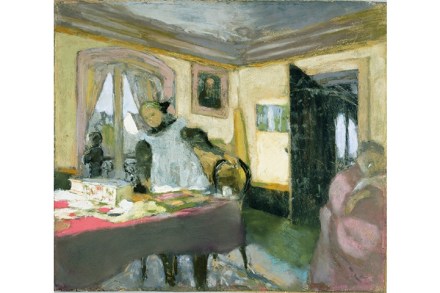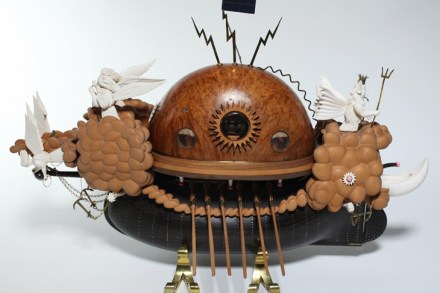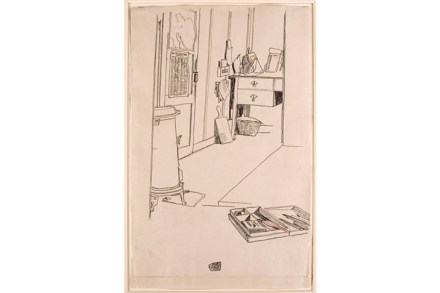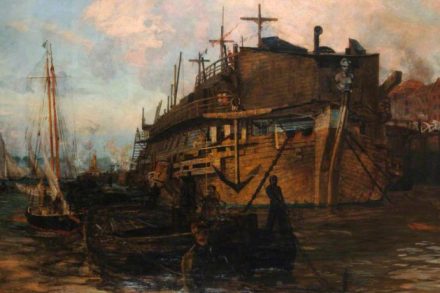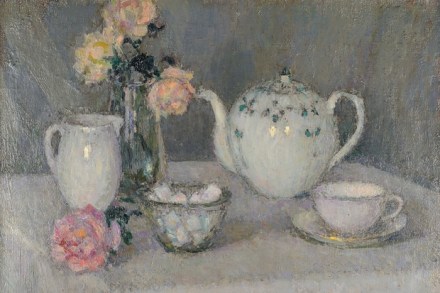All about his mother
Fin-de-siècle Paris was not just the art capital of the world, it was also the fashion capital. In 1901, 300,000 Parisians were employed in the rag trade, and one of them was Édouard Vuillard’s mother. Stout, sensible and self-sufficient, Mme Marie Vuillard was no Mimi out of La Bohème, embroidering flowers in a draughty garret.
